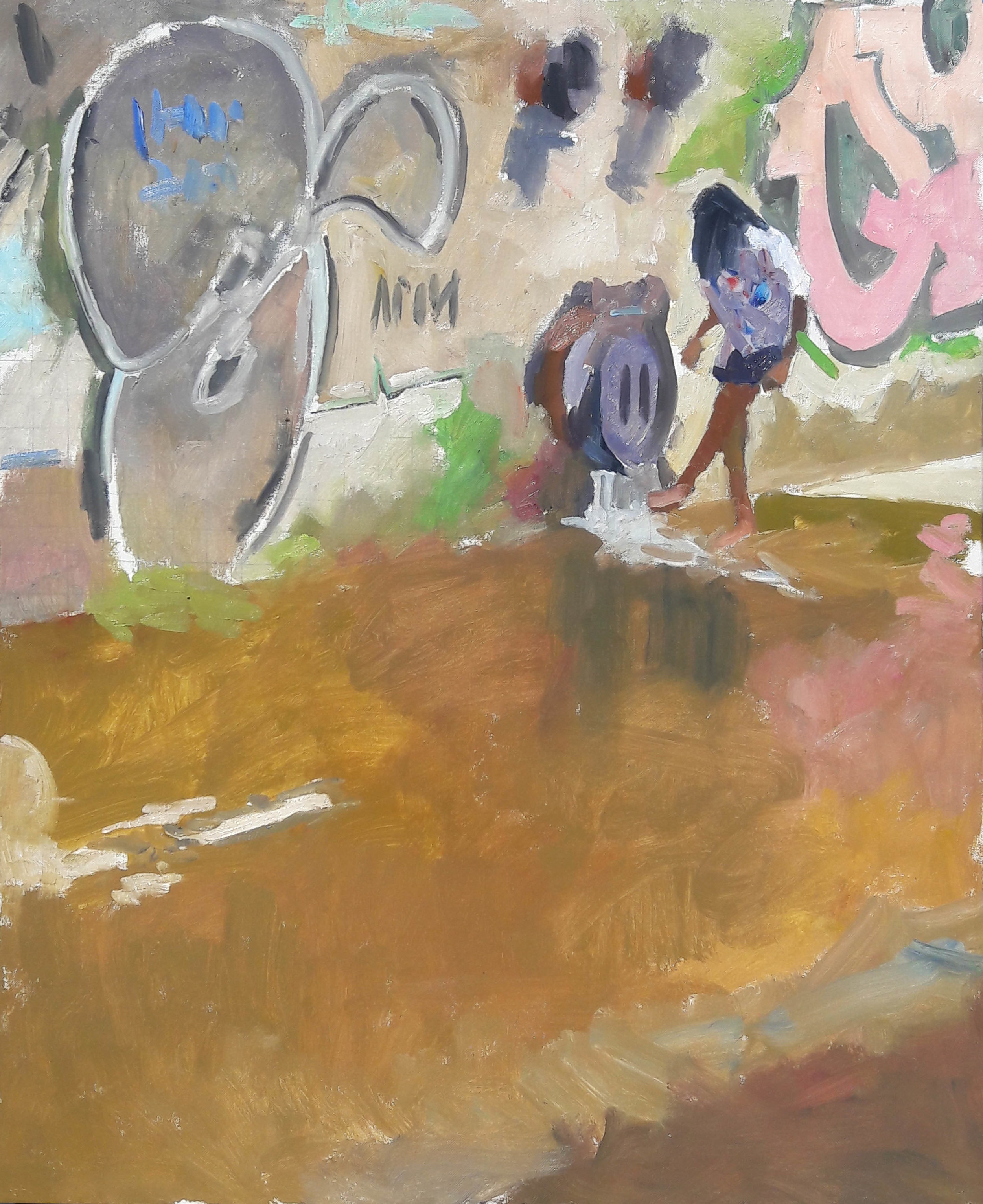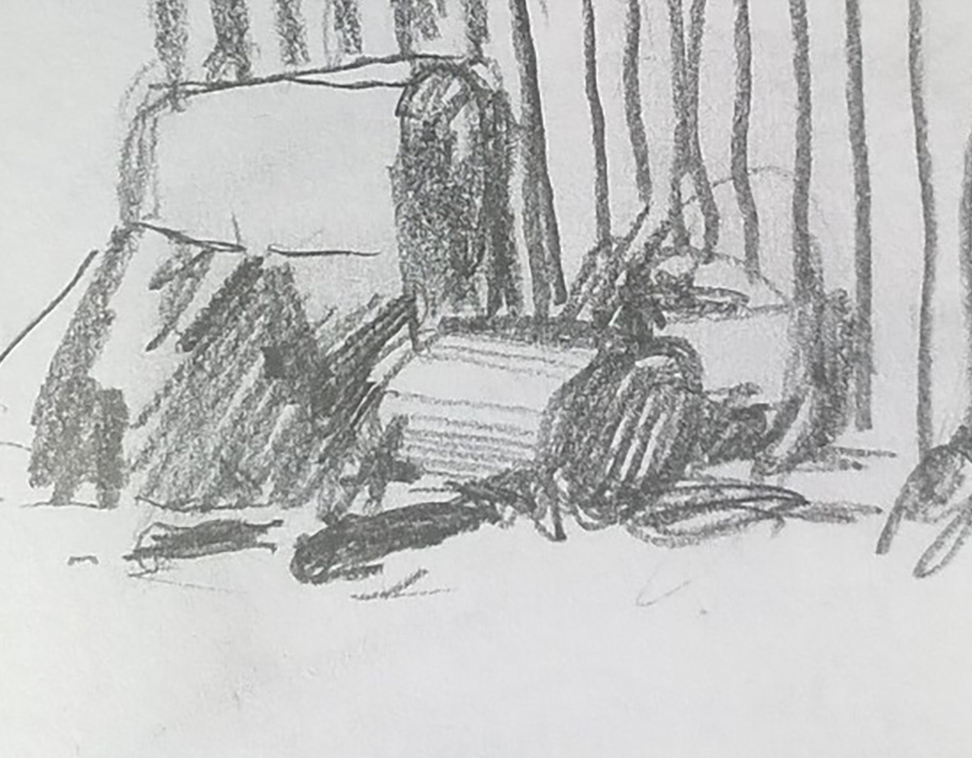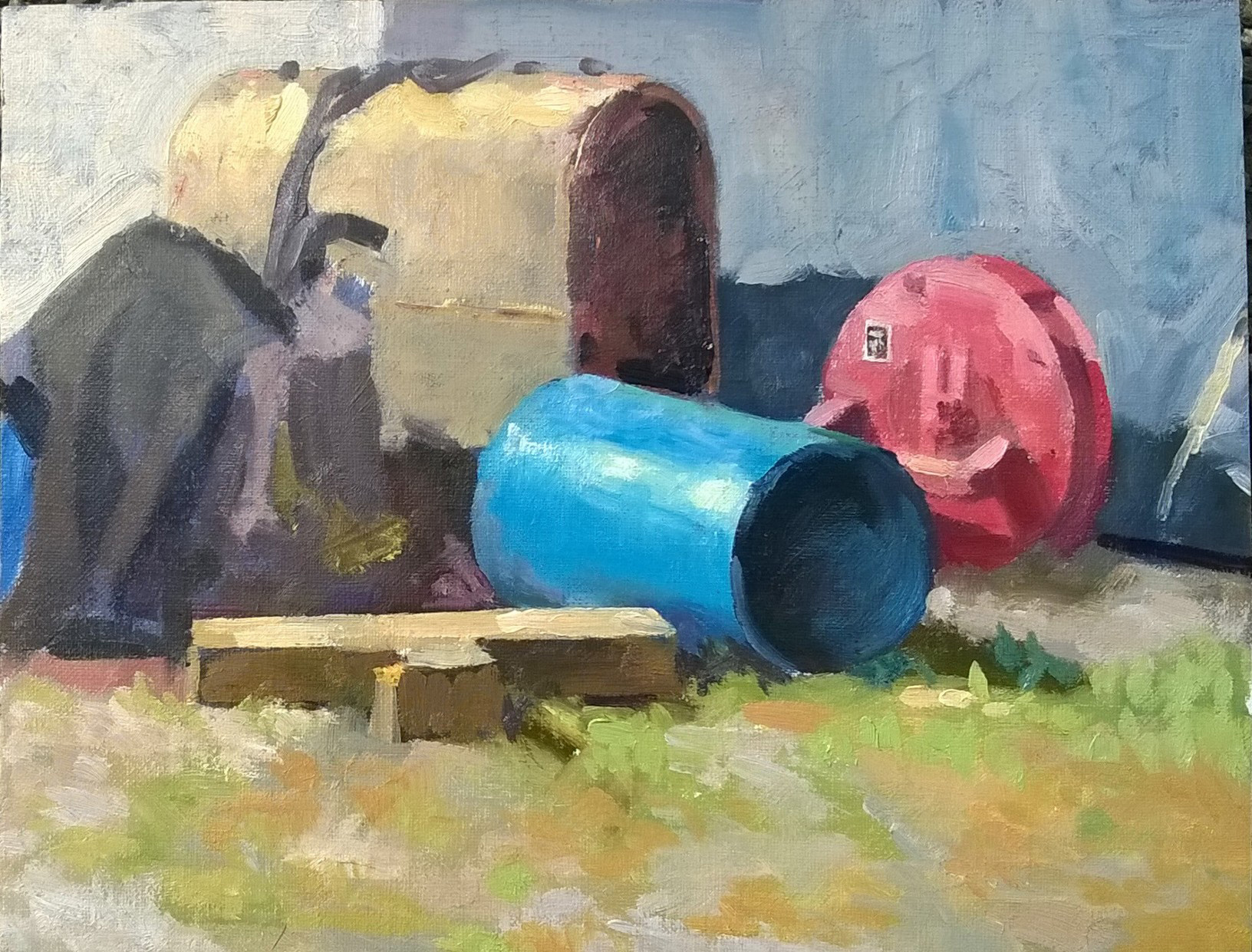ASYSTOLE, or the Art of Designing Type for Comic Books
I began lettering comic books professionally in 1977, for Gold Key Comics, then DC, then Marvel, and in the years since pretty much every publisher except Archie. Had I known back then that I'd still be doing this sort of work in my sixties, I wouldn't have been happy to hear it. Whether it was the optimal outlet for my energies, it's helped pay the bills and at its best, it's an awful lot of fun.
Thirty years ago it became clear that eventually computers were going to replace human beings with ink pens. The early digital lettering wasn't much to look at, but its advantages loomed over every letterer's head. It takes ten years to learn to letter well by hand, but anyone with a computer and some decent software can do it at least passably. Marvel was the first major company to really embrace the technology. DC, a company which has always been more finicky about the way stuff looked, held back, As late as 2001, the Vice President at the Vertigo imprint of DC Comics told my wife that there was little danger of my work, and that of my hand lettering colleagues, ever being replaced by digital lettering. Hand lettering just plain looked better, flowed in harmony better with hand-drawn pictures, and had an elegance lacking in even the best computer work. There simply was no comparison.
It was two years later than this same Vice President had to spend the day phoning every freelance letterer in her rolodex with the bad news: In six months, all such work was going to be done digitally, by an in-house staff. I didn't envy her having to make these phone calls, one after another, to a pool of freelancers whom she had treated as friends for years. But that's why she had the corner office, to do the dirty jobs when necessary.
Like most of my colleagues, I'd piddled around with digital lettering, and done a few projects on the computer. I did a graphic novel for Vertigo called Orbiter digitally, and a miniseries for DC called "Death and the Maidens". It was okay. A little sterile, and not a whole lot of fun to do, but workable.
What bothered me about digital was the sameness of the alphabet or, maybe, two alphabets available for lettering. Hand lettering always meant a panoply of different letterforms. If your digital font is all upper case, then you can have two slightly different versions of each letter of the alphabet available, if you care about not repeating characters. If your upper case E is slightly different than your lower case e, and if you have to type the word "glee", then you can type "gleE" or "GLEe" and avoid the obvious repetition.
The two guys who really blazed the trail in making digital lettering viable were Richard Starkings and John Roshell at Comicraft. But part of their business philosophy was that they would make no attempt to make their lettering appear to be handmade. The stuff was digital, and digital was just fine. Comicraft may have put a lot of other guys out of business, but it's hard to fault the quality of its best work. I don't know Richard well, but John Roshell is a friend, and has designed some beautiful type families. After perfecting their process over some years and thousands of pages, Comicraft began selling its type, and the digital lettering market was suddenly open to anyone with some visual savvy, a computer, and a copy of Adobe Illustrator. Nate Piekos, another excellent designer, followed in Comicraft's footsteps, selling comic book type to those who wished to do lettering.
Through some very wise counsel from my wife Lisa, I was able to remain in DC Comics' freelance pool, even after almost every other letterer was let go. How that happened is a story in itself. But once having been accepted as one of the people who would provide DC's books with digital lettering, I had to learn to produce the stuff, and do so in a fashion that would satisfy my own sense of what digital comic book lettering ought to look like.
It took me six years to figure out how to do what I felt must be done; in the years prior to that, I produced a few thousand pages which, to my way of thinking, were rather lifeless. The quest was to find a means of producing lettering with the sense of playfulness which occurs automatically in hand lettering and, for that matter, in any kind of human handwriting.
The essence of the problem which has to be solved can be illustrated by one word: ASYSTOLE. Chew on that for a bit, and stop in for Part Two. I'll explain all.
















